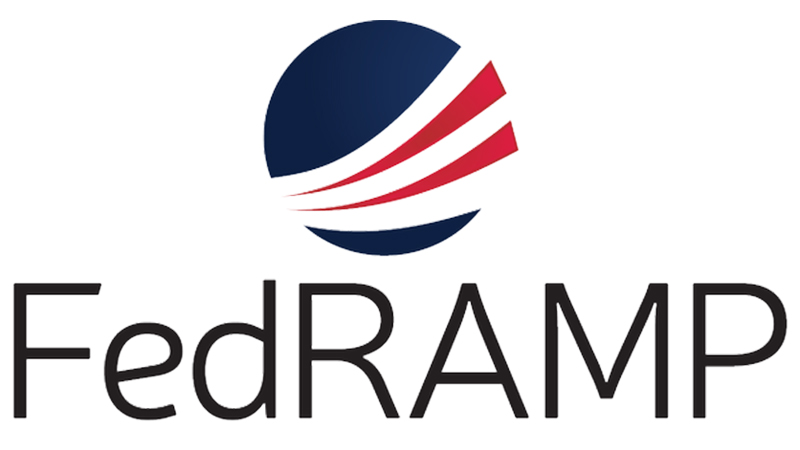
Zscaler announced today that its Zscaler Private Access-Government (ZPA-Government) application access platform received FedRAMP Moderate certification to sell across government. ZPA-Government, which received authority to operate by the Federal Communications Commission (FCC), is the first FedRAMP-approved zero trust remote access platform.
“Our decision to sponsor ZPA-Government for a FedRAMP Moderate Authorization is evidence of the Commission’s belief that the cloud offers a more secure, efficient, and cost-effective way to secure core Federal missions,” said Byron Caswell, senior advisor for FCC’s IT organization.
Zscaler also touted the ability of ZPA-Government to overcome the challenges associated with the Trusted Internet Connection (TIC) mandate from the Office of Management and Budget (OMB) with the service’s software-defined perimeter and zero-trust approach.
“The forced hub-and-spoke network design that ensures all internet-bound traffic traverses the TIC is costly to manage and maintain. As agencies work to meet modernization goals—shared services, mobile workforce enablement, improved FITARA scores, and more—they need to shift away from a legacy hub-and-spoke network to a modern, direct-to-cloud, zero-trust architecture, no matter the device or location of the user,” said Stephen Kovac, vice president of global government and compliance, Zscaler.
The company highlighted the benefit of additional visibility into the application environment as a primary benefit of a zero trust architecture.
“As government agencies continue to adopt cloud, having visibility and control over who is accessing which apps is critical. ZPA-Government has the unique ability to provide granular visibility into user activity and even discover previously unknown applications running in an agency’s environment,” said Kovac.
“Since Snowden, insider threats have been one of the largest areas of concern for government agencies. ZPA is a software-defined perimeter that delivers zero trust access to internal applications,” he said. “This means that authorized users can access apps without ever being placed on the network. This enables IT to reduce the opportunity for an insider threat to get onto the internal network and infect it with malware or to move laterally across it.”
